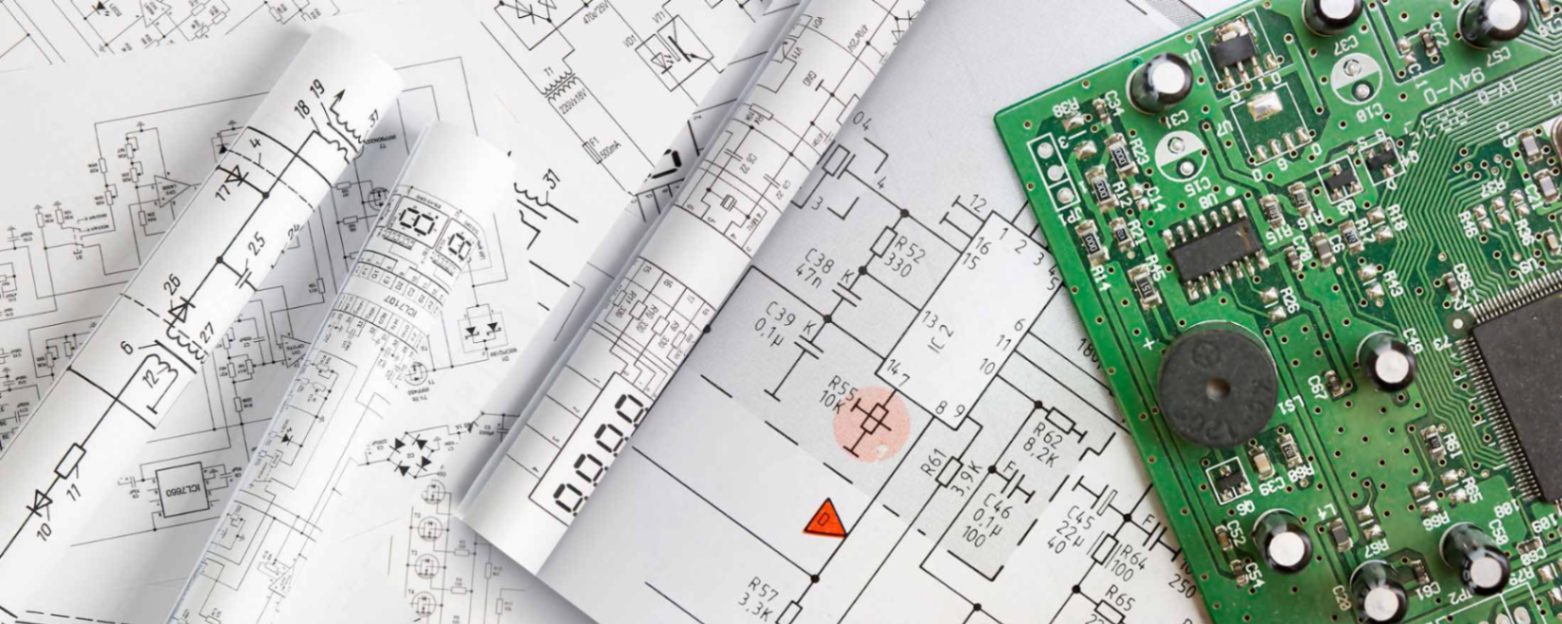How open-source software is driving the adoption of standards in EV charging
How open-source software is driving the adoption of standards in EV chargingWhat open-source software means for EV charging, interoperability and the EV market
With projections that the number of electric vehicles (EVs) will represent more than 60% of global vehicle sales by 2030, the number of EV chargers must grow proportionally. There is a clear need for a reliable EV charging infrastructure; however, inconsistency among EV charger connectors, plug types and charging protocols can increase range anxiety and even influence drivers’ purchasing decisions, because they are unsure whether the vehicle they’re considering will be compatible with the chargers they’ll need on local or long-distance trips.
To address the concerns of EV drivers and simplify the charging experience, the answer seems simple: employ EV charging standards for charging stations that enable compatibility between almost any EV and the grid, also known as interoperability.
“Standards are important so that cars can communicate across common protocols and interfaces to EV chargers, and so that EV chargers have standardized interfaces to communicate back to utilities,” said Henrik Mannesson, general manager of energy infrastructure at our company.
“Being able to charge your EV and not having to worry about having the right adapter or connector is super important to the success of the energy transition and EV charging,” said Brandon Kanter, systems manager of EV charging.
Because there are many EV manufacturers and charger types, the road to standardization is complex. Standardization efforts require both software and hardware, and open-source software in particular is especially crucial. Given its accessibility and collaboration-focused nature, open-source software has the potential to address interoperability challenges.
Open-source software, standardization and market growth
Open-source software is a collection of software stacks, or collections of code, that enable a device or system such as an EV charger to implement an action, like charging communication. Anyone can access and contribute to open-source software code, which gives it particular advantages and benefits in the context of standards.
At events called plugfests, design engineers test compatibility with their stacks and various EVs; the best software stacks can become standardized. “The stack becomes the standard because everyone tested and gave feedback and came to an agreement. Now we can all take this software stack and use it,” said Artem Aginskiy, general manager of Arm®-based processors.
The accessibility and collaborative nature of open-source software benefits EV charging manufacturers in several ways. With a standardized stack, EV charger manufacturers can alleviate interoperability challenges. Charger manufacturers benefit from faster time to market and lower development costs because open-source software is so accessible. Manufacturers can meet the demand for an expanded EV charging infrastructure. System reliability improves as well; because several people review the same code and find bugs, finding and resolving issues within software happens more quickly.
For EV owners, not only does standardized software make their driving and charging experience easier, they can also look forward to more long-term support. In other words, since anyone can contribute to open-source software, EV owners don’t have to worry about their charging experience changing if one EV charger manufacturer discontinues their product. The improved reliability and uniformity of charging has the potential to increase driver confidence and proliferate EV adoption.
And by having visibility into charger source code (and the protocol implementations within that code), EV manufacturers can check that their proprietary (closed-source) solutions remain compatible with the charging infrastructure implemented on the other end of the vehicle.
How has embraced open source
The transition to open-source software is one that our company has embraced, both by supporting the development and adoption of standards, and by providing a wide range of EV charging-related reference designs.



